
|
|
|
|
|
|

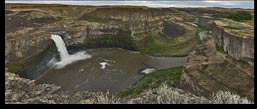
|
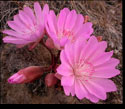
|
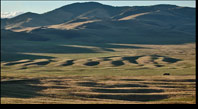
|
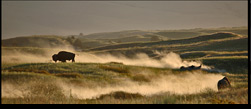
|
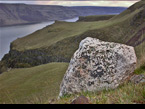
|


|
Discover the Ice Age FloodsThe catastrophic floods from Glacial Lake Missoula and Lake Bonneville |
|||||||
|
|

THE ICE-AGE FLOODS LEFT STARK EVIDENCE OF THEIR PASSAGE | |||
In addition to the mammoth coulees of eastern Washington, direct evidence of the floods exist in several forms. Giant current ripples, such as those at West Bar, near Quincy, Wash., and at Camas Prairie, Mont., offer some of the most conclusive proof that the massive flooding occurred. Other flood-caused phenomena include massive bars of sediment at various locations along the Snake and Columbia rivers ... scoured buttes, basins, and potholes of the scablands ... impressive recessional cataracts at Dry Falls and Palouse Falls ... and boulders transported hundreds of miles on ice rafts. |

| ||

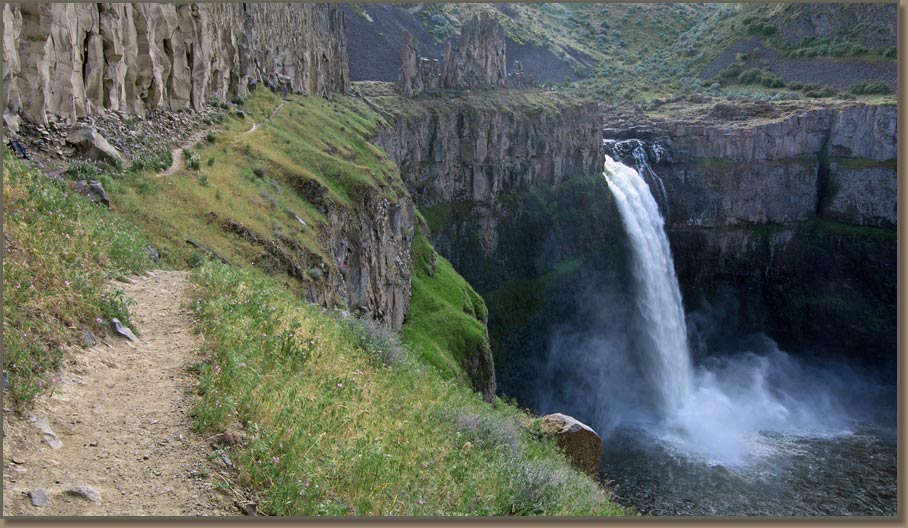
|
One of several Franklin County trails in the Palouse River Canyon and Palouse Falls. Photo taken on 23 April 2016. This is an important time at Palouse Falls State Park - Washington State Parks will be developing a trail plan and and seeks public involvement. Sign posted at park reads: "Washington State Parks will be developing a trail plan for Palouse Falls State Park. If interested in participating in the survey and planning, please leave contact information in the park pay box or call 509-337-6457". |
|

Glacial Lake MissoulaCREATED WHEN AN ICE DAM BLOCKED THE FLOW OF THE CLARK FORK RIVER |
GLOBAL COOLING THEN BRINGS AN ONSLAUGHT OF ICE-AGE GLACIERSBetween 2 million and 2.5 million years ago a combination of cooler temperatures and increased precipitation formed massive ice sheets which repeatedly advanced and retreated as climate conditions fluctuated. Ice coated the Puget Sound lowlands, and most of the mountain regions of northern Washington, Idaho and Montana. So much glacial ice existed that the oceans were 300 feet lower than they are today. The final episode was the Wisconsin glaciation, a cycle that took place from 100,000 years ago until about 10,000 years ago. ICE DAMS BLOCK MOUNTAIN VALLEYS, CREATING SUPER-RESERVOIRSAs the ice sheets pushed southward from Canada they interrupted normal stream flows in the deep valleys of the mountainous Pacific Northwest. One protrusion, the Okanogan Lobe, created Lake Columbia, which was a super-sized version of modern Lake Roosevelt. An ice mass clogging the Purcell Valley of Idaho's panhandle blocked the outflow of the Clark Fork River, forming Glacial Lake Missoula. Other impoundments included a lake near Spokane, Wash. Scientists believe that additional lakes existed in Washington, Montana and British Columbia. 
|
LAKE MISSOULA BECOMES A CATALYST FOR A CATASTROPHEThe ice blockage in the Purcel Valley gradually collected tremendous volumes of water in the deep valleys of western Montana, creating a gigantic reservoir which attained a depth of 2,000 feet and impounded over 500 cubic miles of water--equivalent to the combined volumes lakes Erie and Ontario. The natural ice dam periodically failed, which caused a catastrophic emptying of Lake Missoula. After each dam failure, the southward moving ice sheet then created a new one, and the cycle repeated itself. At least 40 major flood episodes originated from Lake Missoula. |

|
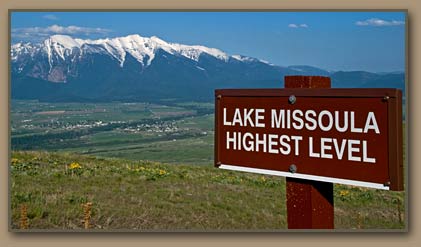
|
FLOOD TORRENTS DRASTICALLY ALTER THE LANDSCAPEEach ice dam failure released a torrent of of water hundreds of feet deep, which swept southwesterly--gouging the huge coulees of eastern Washington, ripping out sediment and basalt rock, and stripping soil and vegetation from thousands of square miles of land in the Columbia Basin. Some of the debris was carried by the floods all the way to the ocean. One flood pathway created the Grand Coulee. A second poured into the lowlands around Ephrata, Moses Lake and Othello. A third flowed along the western fringe of the Palouse Hills, removing vast amounts of fertile topsoil. More than 2,000 squre miles of so-called "scablands" were created. Each flood episode added to the impact. |


|

|


 |
WALLULA GAP STEMS THE DELUGES TEMPORARILYThe Lake Missoula floods overwhelmed everything in their path until they reached the choke point at Wallula Gap in the Horse Heaven Hills range south of Pasco, Wash. Floodwaters backed up throughout the Pasco Basin and Yakima and Walla Walla valleys. The result was a temporary impoundment known as Lake Lewis, which existed for only a few days after each major flood episode. During its brief existences Lake Lewis put 3,000 square miles of land under water, and the lake was more than 800 feet deep in Pasco. |



|


[Columbia River boat for scale] 
[Train for scale] |

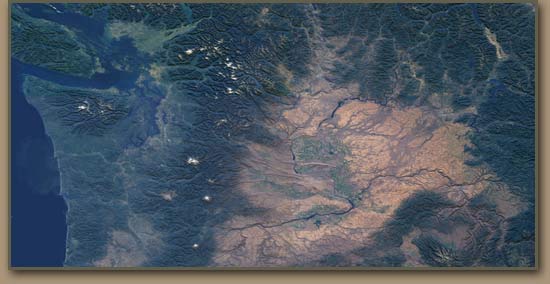


|

| ||||||||
LAKE BONNEVILLE FLOOD Another Ice-Age phenomenon was Lake Bonneville, which during that era covered much of northern Utah as precipitation and meltwater gradually filled a large natural lowland. The lake eventually attained a surface area roughly equal to modern Lake Michigan, and a depth of more than 1,000 feet, because it had no natural drainage outlets. Unlike Lake Missoula, ice dams were not an issue at Lake Bonneville. Its most vulnerable point was a natural dam of alluvial material blocking Red Rock Pass in southeastern Idaho. About 15,000 years ago that dam gave way and the level of Lake Bonneville dropped more than 350 feet in one spectacular episode. Over time about 1,000 cubic miles of water roared through the Snake River Canyon and emptied into the Columbia River near Pasco, WA. Stark evidence of the flood remains in the form of smooth displaced boulders (melon gravels), scablands and gravel bars. Utah's Great Salt Lake now occupies a portion of the land area once covered by Lake Bonneville. More information and photos: - "Melon Gravel" - | |||||||||
|

HOW DO WE KNOW THAT THESE DRAMATIC FLOODS OCCURRED?The pioneering research carried out by geologist J Harlen Bretz in numerous treks through the Columbia Basin region beginning in the 1920s convinced him that only huge floods--not normal erosion processes--could have wreaked so much havoc upon the area's landscape. But most leading geologists scoffed at his findings. Not until the 1950s, after additional research by Bretz, coupled with that of geologists Joseph T. Pardee, did opinions begin to change. Pardee proved that glacial Lake Missoula was the source of the floods. Bretz's controversial thesis was vindicated fully by the mid-1960s. |

 |


|

|
Hanford Reach Interpretive Center's Chief Executive Officer Kimberly Camp and Tribal spiritual leader Armand Minthorn (Confederated Tribes of the Umatilla Indian Reservation) were two of the nearly 200 that turned out for Phase 1 groundbreaking of the $40 million project. About $26 million has been raised so far. The Ice Age Floods story has been identified as one of the key topics to be explained in 61,000 square foot facility. The Richland, WA site overlooks the Columbia River at the west end of Columbia Park. |

